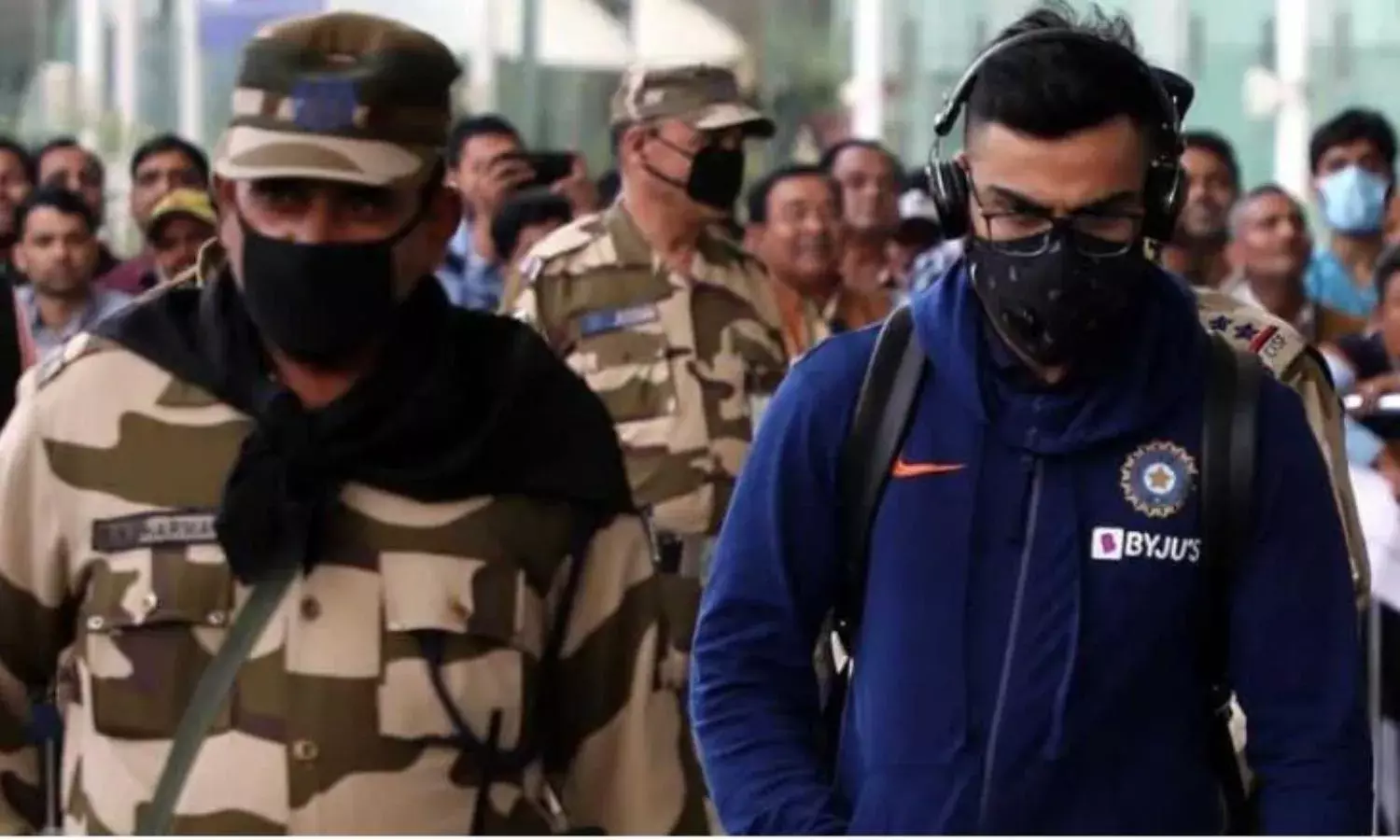‘Competitive Cricket Must Not Resume Until Covid-19 Cure is Found’
Medical advise against it
Whatever predictions that are made right now about the immediate future of cricket can only be in the realm of speculation. Everything is so uncertain with the coronavirus refusing to abate that it is no surprise that players, officials and administrators can only talk in terms of ifs and buts.
Among the discussions on various competitions the T-20 World Cup, the IPL and the Indian team’s tour of Australia predictably take pride of place. International cricket is set to resume with the England – West Indies Test series next month but even with that contest there is a lot to be done regarding security measures and quarantine with the focus also being on the changes implemented by the ICC and how these will be carried out. In a way the series will showcase the immediate future of cricket and how tours and tournaments will be conducted for the rest of the year at least.
It is clear that the BCCI will not give up hopes of conducting the IPL this year. They are looking out for any window – be it dates or venue. The first such opportunity was seen in the possible postponement of the T-20 World Cup wherein it was discussed that the IPL could be squeezed in through the October – November window.
Then followed debates about the venue. India was clearly the first choice but if it could not be held because of the pandemic then the United Arab Emirates and Sri Lanka emerged as alternative venues. Then there was the question of timing with Sunil Gavaskar saying that there could be a realistic chance of conducting a truncated IPL in Sri Lanka from early September. His contention was that Australia might end up hosting the World Cup after having successfully flattened the Covid-19 curve. The IPL has been held abroad before with South Africa hosting the tournament in 2009 and the UAE hosting part of it five years later.
Then there is the issue of which is to get priority – the World Cup or the IPL with Allan Border for one saying that that if the former could not be held the latter should also not be staged. Ian Chappell is of the view that India will have its way and will go through with the IPL come what may. On his part Cricket Australia chief executive Kevin Roberts who has since resigned has admitted that the conduct of the World Cup was ''at a very high risk’’ while adding that there was ''a nine in ten chance’’ that the Indian tour of Australia will take place while CA chairman Earl Eddings also conceded that conducting the World Cup appears to be ''unrealistic’’
Meanwhile India has called off tours to Zimbabwe, South Africa and Sri Lanka and there is no guarantee there will not be more such cancellations in the near future. Everything is quite fluid right now in the world of cricket and nothing can be stated categorically.
Indeed sometimes in the present grim and cheerless scenario there is this feeling whether cricket should be discussed at all when people are dying every day and the coronavirus cases keep growing by the thousands. As veteran cricket administrator and former BCCI secretary Niranjan Shah put it succinctly ''this is an extraordinarily difficult moment in history and it is ridiculous to even think of playing cricket right now. Let us first bring the situation back to normal’’ before asking the key question ''Can we risk even one player getting infected?’’
In fact a medical expert recently advocated that cricket or any other sport is not a life sustaining activity and should be avoided for now. While the game’s administrators have taken some steps to make cricket safe he was of the view that there are several other ways in which the coronavirus can be transmitted. Sharing a dressing room, inconclusive testing and even the mere touch of the ball could spread the virus.
According to Dr Ram Gopalakrishnan a senior infectious diseases physician at Apollo Hospitals in Chennai a wicket keeper standing up to the stumps and close-in fielders pose a transmission threat. ''Six feet distancing must be maintained as otherwise an infected person can transmit the virus by coughing or shouting. In cricket shouting takes the form of an appeal’’ he says adding that the dressing room is another cause for concern as if a player touches an infected surface and then inadvertently touches his face it significantly increases the risk of contracting the infection. He says that while saliva poses the maximum risk of transmission and is rightly banned contact of any kind is dangerous. Studies show that the virus can stay on a surface – in this case a cricket ball – for days.
Even shoes can act as a carrier. Medical experts say that they have seen this in hospitals in recent times. The virus could also spread in a dressing room. The idea of testing all players and match officials before every match poses logistical and medical difficulties. There are many cases where a person tests negative on one day but is actually found to be positive a few days later. A definite positive case is identified only after several tests and scans.
Also the asymptomatic nature of coronavirus only increases the chances of an infected cricketer being cleared to take the field, according to Dr Gopalakrishnan who is of the view that no innovative plan is foolproof. He advocates that resumption of competitive cricket should be put off until a cure is found. ''Our international cricketers are our national treasure. It is not worth the risk,’’ he says.





